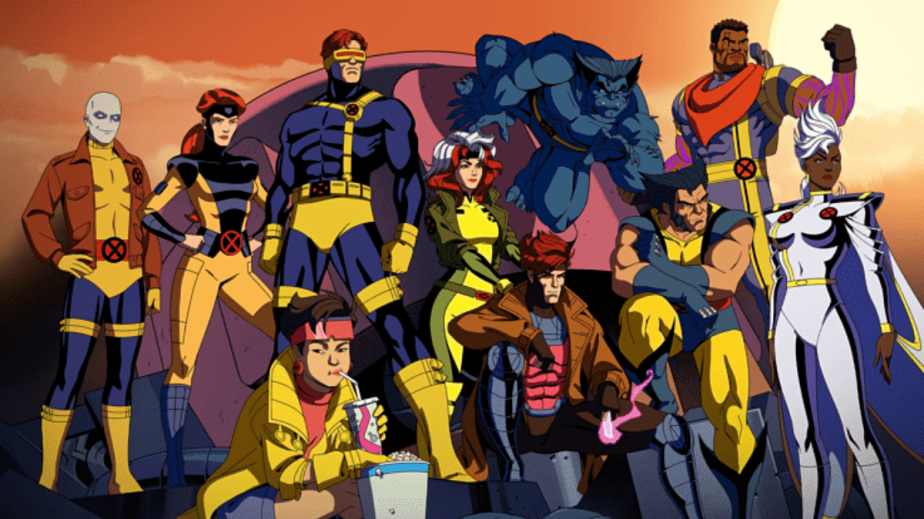“We’re here to teach our students to take care of themselves and other people”
– Jean Grey in New X-Men #123 (Morrison et al, 2001)
Apologies for the geekiness but the recent return of the X-Men animated series has been a nostalgic treat and reflecting on this week’s topic, it’s got me thinking a lot about community and the teacher’s role in co-creating better futures for our students. The X-Men have often been interpreted as an allegory of what it means to be othered by majorities, representing minoritised ethnicities, religious groups, and LGBTQIA+ identities (Briest, 2017). Muscle-clad spandex and supernatural powers aside, what appeals to me is their humanism; they’re teachers at a school trying to foster tolerance and a more compassionate world.
Reading this week’s PgCert resource, the Shades of Noir zine, I recognised a similar theme emerge here. Richards gives a powerful and earnest account of systemic racism in HE. It’s sobering to read the painful experiences that she has been subjected to, but she ruminates on using them to “present my experienced based knowledge, specialist understanding and inspiration to create visions and strategies for a better world…” (Richards cited in Shades of Noir, 2020:75).
Both Richards and the X-Men show us how collaboration and radical pedagogy can chip away at oppressive structures. In spaces cultivated with empathy and friendship, I think we can use our lived experiences, positions, influence, or privilege to create more inclusive learning environments. I think the X-Men represent something sci-fi and utopian here, but Richards work isn’t comic book fiction; it’s real, rooted in reflexive action, and inspiring in the commitment to create change – as seen in the context of unit design, Richards states “we built, developed, and evolved it every year” (Richards cited in Shades of Noir, 2020:75).
I need to read a bit more to understand decolonisation more fully, but it feels like a way of reinventing or rebuilding education for belonging, which is something that’s symbiotic with the very nature of creative education. Creativity allows for transformation to take place – we talk to our students about their imagination, their lived experiences, and hopefully give them the tools to realise their ideas, bring forth possibilities, and create new worlds.
List of Illustrations
Fig. 1 Marvel Animation (2024) X-Men ’97 [Illustration] At: https://www.google.com/url?sa=i&url=https%3A%2F%2Fcomicbook.com%2Ftv-shows%2Fnews%2Fx-men-97-characters-guide-xmen-team-roster-designs%2F&psig=AOvVaw3iBCL-ZlUKn8_sdFdZLo7H&ust=1713017099880000&source=images&cd=vfe&opi=89978449&ved=0CBIQjRxqFwoTCKi66ZDsvIUDFQAAAAAdAAAAABAE (Accessed 12/04/2024).
References
Briest, S. (2017) ‘The allegorical X-men: Emblems, comics, and the allegorical potential of text/image hybrid genres’ In: ImageText 9 (1) At: https://imagetextjournal.com/the-allegorical-x-men-emblems-comics-and-the-allegorical-potential-of-text-image-hybrid-genres/ (Accessed 12/04/2024).
Shades of Noir (2020) Inclusive Practice: Alchemy – Transformation in Social Justice Teaching. At: https://issuu.com/shadesofnoir/docs/inclusivepractice (Accessed 12/04/2024).
Morrison, G., Van Sciver, E. and Derenick, T. (2001) ‘New X-men Issue #123’ In: New X-Men Imperial Volume 2. New York, NY: Marvel Comics.

